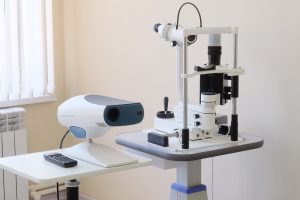In both medical and industrial settings, those involved may be faced with a challenge of being able to see and manipulate “small objects.” Choosing the correct lens and camera can help overcome these challenges, especially in inspection application settings in which a small object needs to be identified, measured and inspected.
Using a machine vision system specifically designed for small object inspection can help by offering a view in a higher resolution and in finer detail than the human eye. The machine vision system for small object magnification can also eliminate the potential for human interpretation error while providing a higher level of quantitative analysis.
Working with a manufacturer to design a machine vision system also improves the speed and accuracy with which inspections are performed. When designing the systems for small object inspection, issues can arise because of limitations in hardware, space constraints and myriad trade-offs in optical resolution.
- Space constraints as it relates to small object imaging means having to fit the components of the system into the inspection aka production area. The housing must be large enough to accommodate the camera lens, lighting equipment and the largest of the parts being imaged. Calibrating the equipment to capture high resolution images of the largest to the smallest object means the light captured for each of these inspections will need to be determined and settings re-calibrated. Using a lens that has a “long working distance” is typically the easiest way to address this issue although it could potentially lead to inverse proportional lens magnification – which must be accounted for in the final inspection.
- Error in interpretation can occur even in a well-designed machine vision system. Because of hardware limitations in these machine vision systems used for small objects there are optical trade-offs which must be understood and addressed to assure maximum accuracy.
- Another of the challenges found in inspection of small objects it the smaller depth of field ratios. The depth of field is the “range from the central focus under the lens in which the object will remain in sharp focus.”
Because small objects pose myriad challenges to those industries that work with them, the individuals involved in purchasing the equipment to inspect them need to look at the working distances, the image size variances and the depth of field.
Universe Optics can assist engineers and designers develop the proper optical lenses for small object inspection.